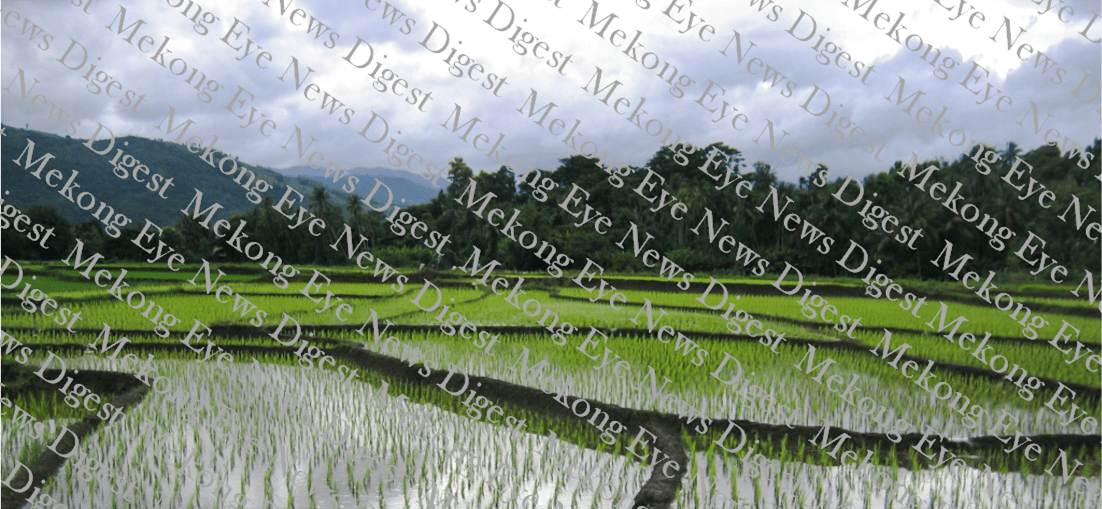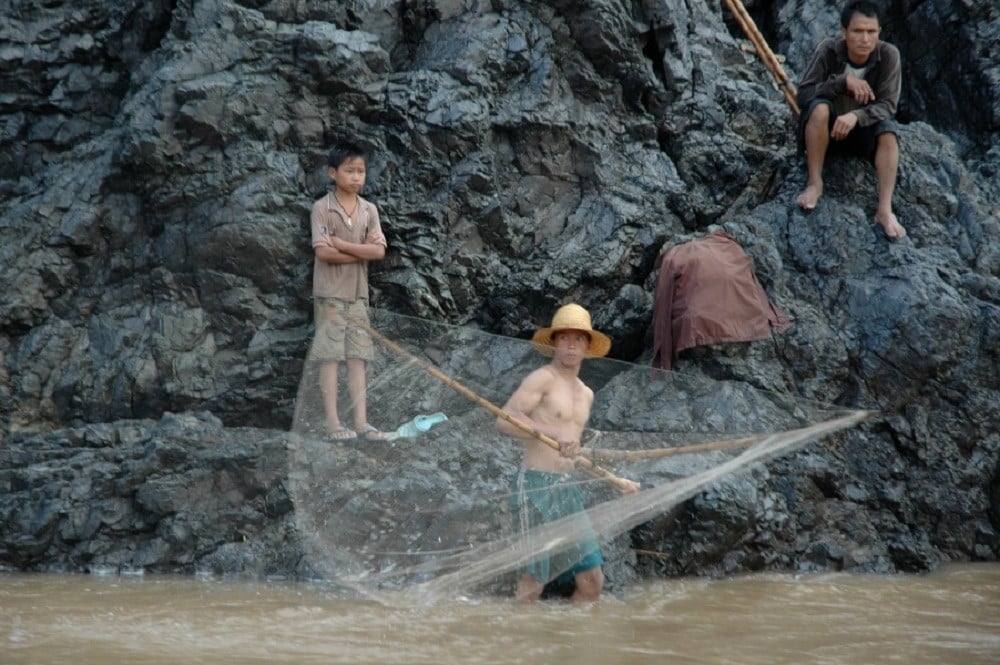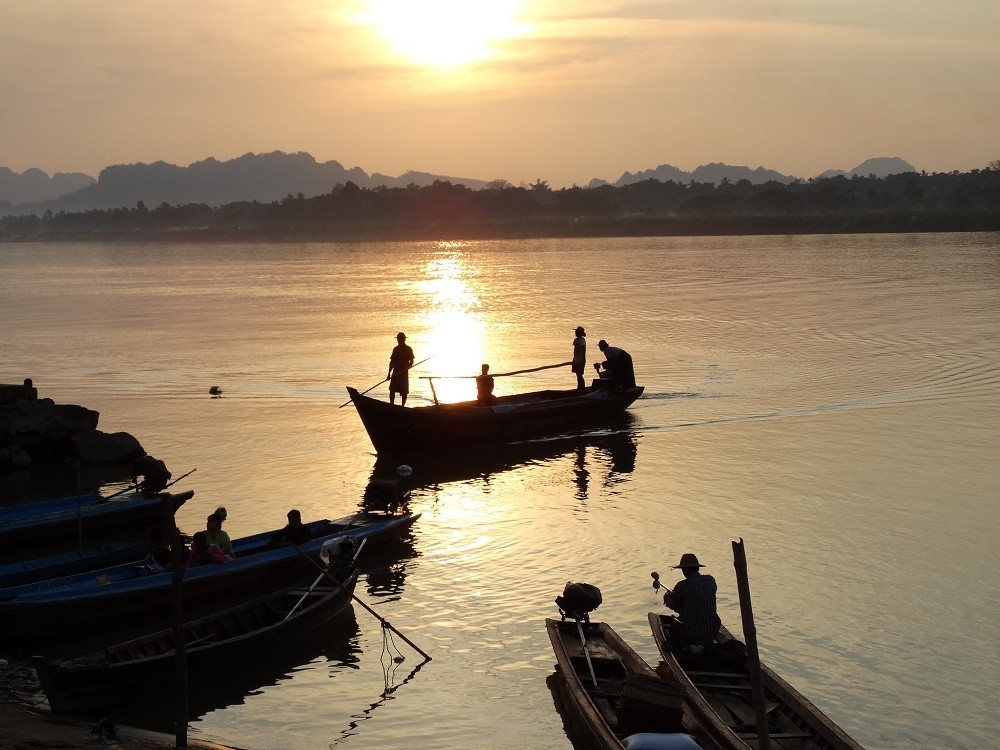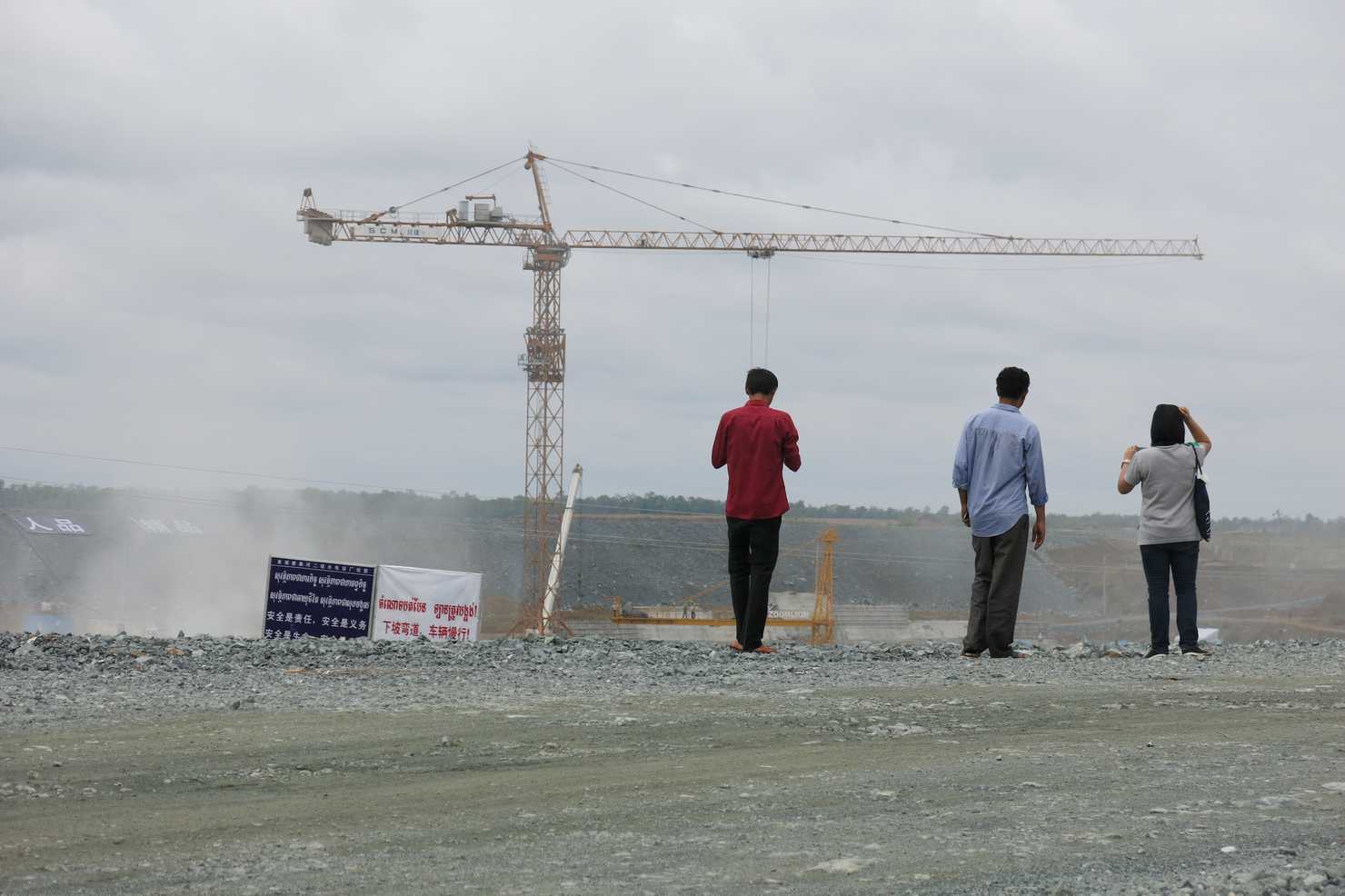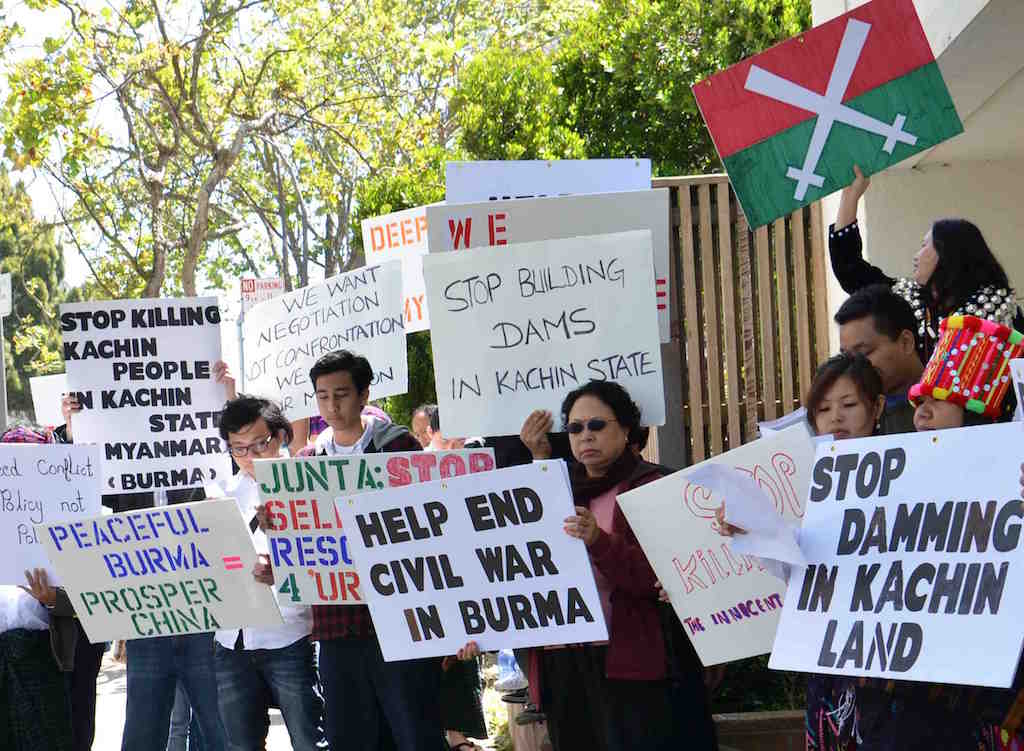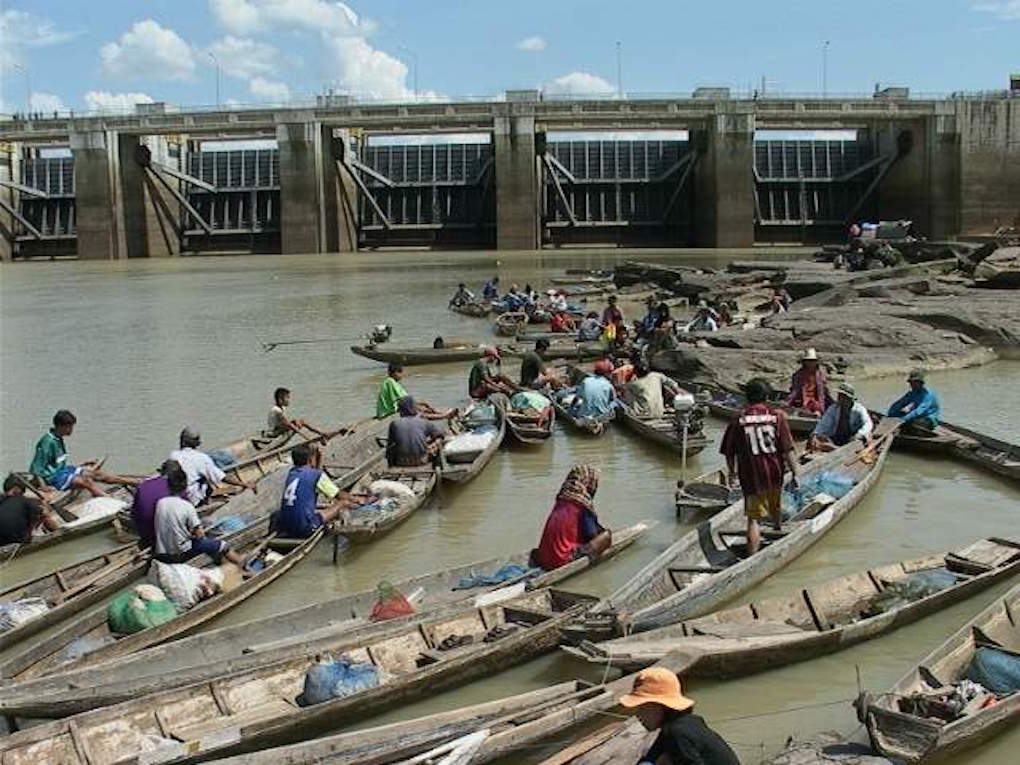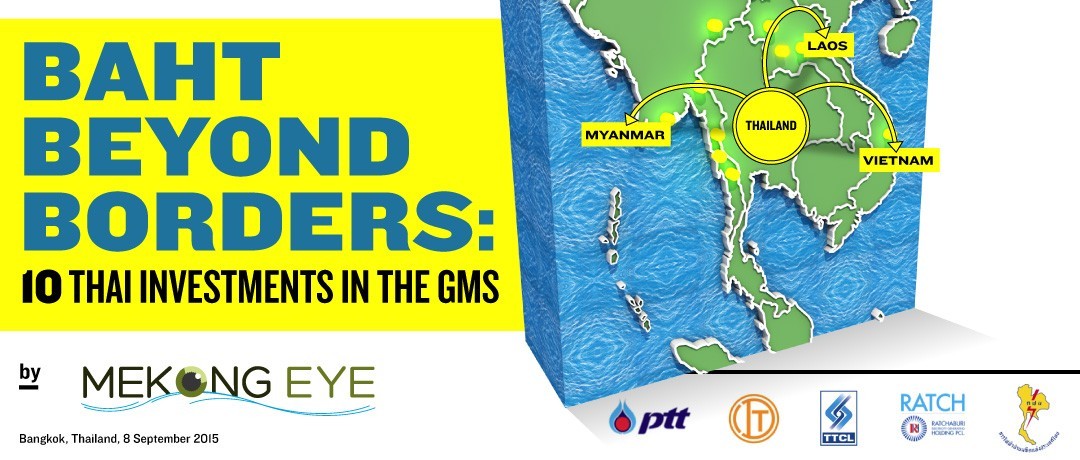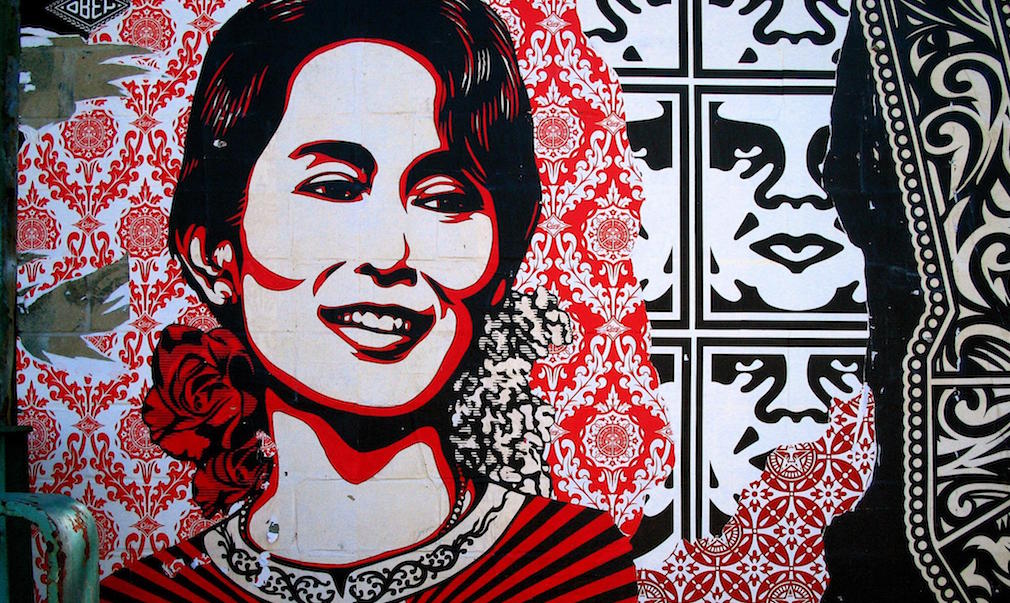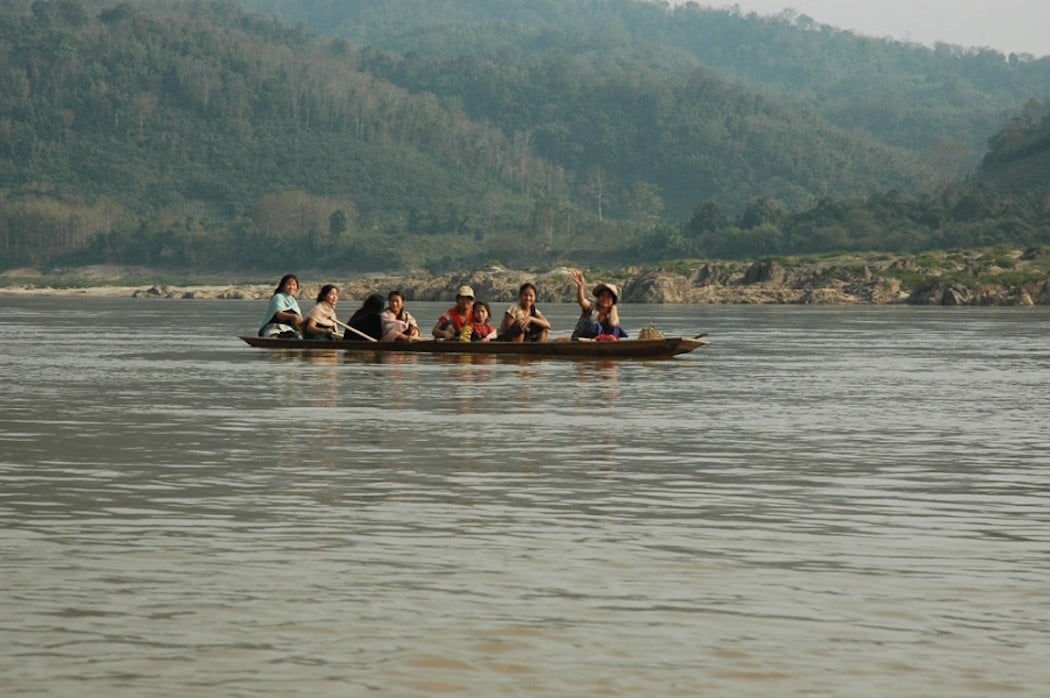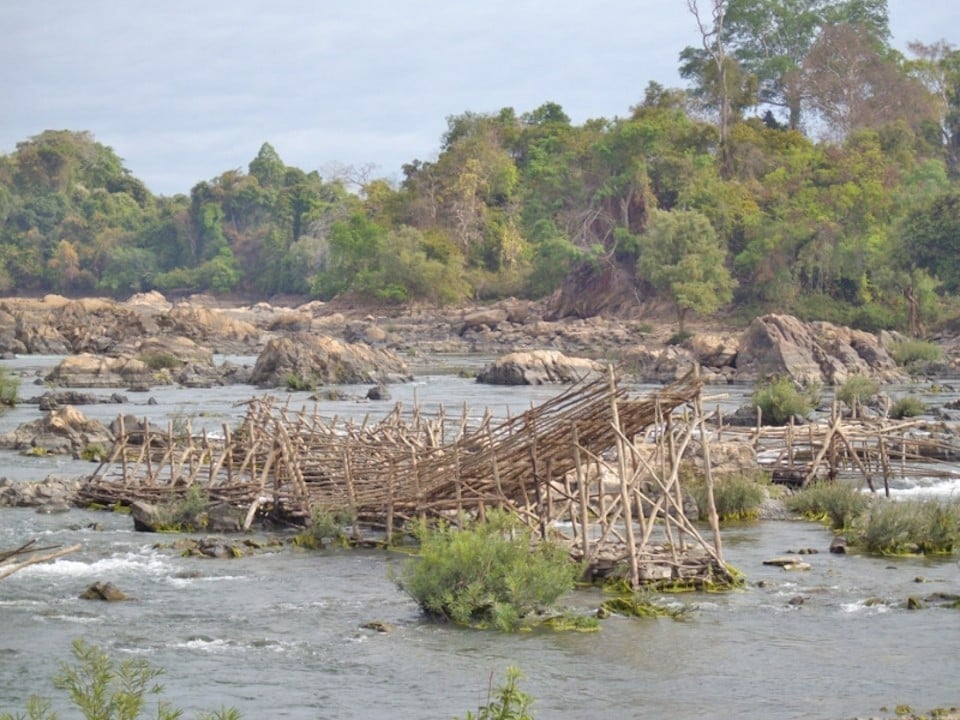Chinese money accounts for the overwhelming majority of investment in Cambodia’s anaemic energy sector, but while the government has been happy to take Beijing’s loans for the construction of hydroelectric plants, a study published last month found that such investment came with both ecological and economic consequences.
Tag: dams
A Tipping Point for the Mekong
A cascade of hydropower dams, driven primarily by Thailand and Laos, threatens to turn this thriving, productive waterway into a fragmented, impoverished ghost of itself. And that spells trouble for the region – and beyond. As President Obama meets with Southeast Asian leaders in California, he must address the conflicts over these projects, and advocate for a solution that will ensure the health of the river and thus the region’s economic and political future.
Thanlwin River communities demand end to dam projects
Communities living along the Thanlwin River have requested that the new government stop dam projects on the river as the projects lack transparency support from the locals. Analysts said the main reasons to stop the dam projects are connected with climate change in Myanmar.
ASEAN’s special role in managing energy decision: LS2 dam
Mekong countries’ chronic shortage of electricity which threatens to stymie economic growth, could be eased by pushing for acceleration of plans by the Association of Southeast Asian Nations (Asean) for a regional power grid. However, damming the Mekong River can causes widespread controversy in South East Asia. Lower Sesan 2 dam on Mekong river in Cambodia is a typical example.
China Contractors Wreck Myanmar Villagers’ Lives
Hkawn San is one of about 5,000 people who were resettled by Chinese contractors from the catchment area behind the projected Myitsone Dam, which Myanmar President Thein Sein abruptly and unexpectedly cancelled in 2011, shortly after he took office. Like those in far too many other resettlement villages, Hkawn San is not happy.
“The house here has problems, we get barely enough food to survive, but we do not get enough money, so people have to go around trying to find day work,” she said, sitting in front of her new but already decaying house in Aung Myint Thar, one of the two resettlement villages located north of Myitkyina, the capital of Myanmar’s Kachin State.
The Mytsone Dam was meant to be one of the world’s largest, to be built at the confluence of the Mali Hka and the N’Mai Hka, the two streams that form the Irrawaddy, Myanmar’s most fabled river. The Irrawaddy Valley is considered to be the birthplace of Burmese civilization . It is now a bone of contention between Myanmar, with whom the cancellation was enormously popular, and China, which is seeking to restart construction.
Pak Moon dam still a dilemma 25 years on
When dam proponents came to her house almost three decades ago and made promises that Pak Moon dam would bring prosperity and progress to surrounding villages, Lamphai Khamlap was immediately suspicious.
Today, her concerns are being realised. The dam which was completed in 1994 on the Moon River, a tributary of the Mekong River, has had a severe impact on the livelihood of the villagers in Ubon Ratchathani.
“Hell” was the terse response of Mrs Lamphai, now 59, when asked what the Pak Moon dam meant to her. Her harsh indictment was echoed by many others.
Eye On: Baht Beyond Borders
With public opposition to major infrastructure projects a growing concern, and willing partners in neighboring countries eager to pick of the slack, Thailand’s industrialists are fanning out in all directions. Energy projects dominate the mix, including coal, gas and hydropower. As a result, it’s the Electricity Generating Authority of Thailand driving much of the activity.
Myitsone dam is as much Aung San Suu Kyi’s problem as Beijing’s
In September 2011, Myanmar President Thein Sein announced that construction of China’s largest hydroelectric project in Southeast Asia — the $3.6 billion-plus Myitsone dam in northern Myanmar — would be suspended for the duration of his term.
This came as a shock to China, which had believed that Myanmar was securely within the Sinocentric orbit, if not quite a “client state.”
Thai communities vow to appeal against Laos dam
Even after losing a battle in the Thailand Administrative Court, a group of Thai villagers are not giving up. They have filed appeal after losing the first community-led lawsuit in the region to challenge a large dam on the Mekong river.
On 25 Dec 2015 the Administrative Court ruled in favour of five Thai state agencies accused of ‘illegally’ signing an agreement to buy power from the 1,200-megawatt Xayaburi dam in Laos – the first dam to be built on the mainstream of the Lower Mekong river.
Lao govt opens Don Sahong project to all concerned parties
The Lao government recently opened the construction site of the Don Sahong Hydropower project, located in the Khon Falls area of Mekong River in Champassak Province, to all agencies concerned about the latest development of it, Lao News Agency reported.
The objective of the opening is to address any concerns among domestic or international agencies and provide them the opportunity to see and observe for themselves that the project is being carried out in compliance with international standards and the 1995 Mekong Agreement.


